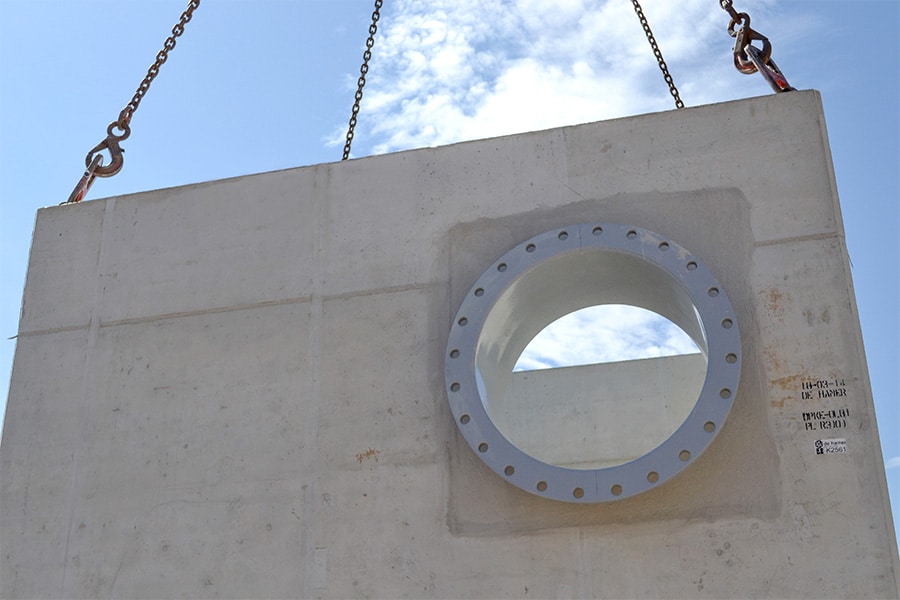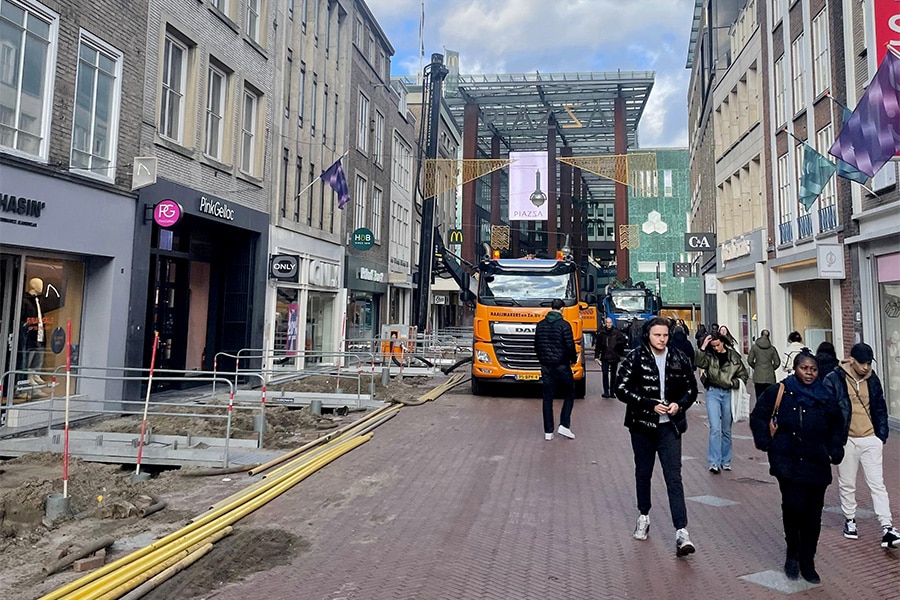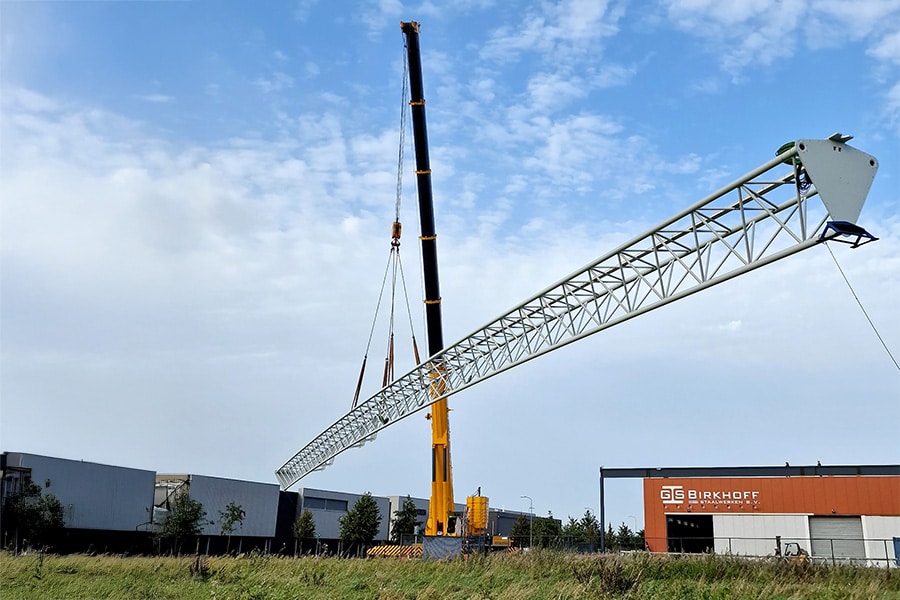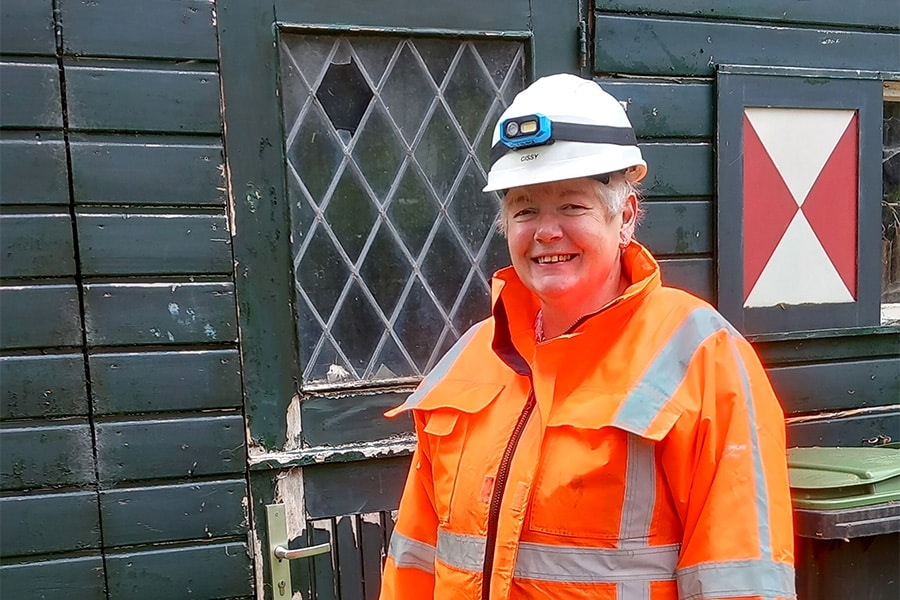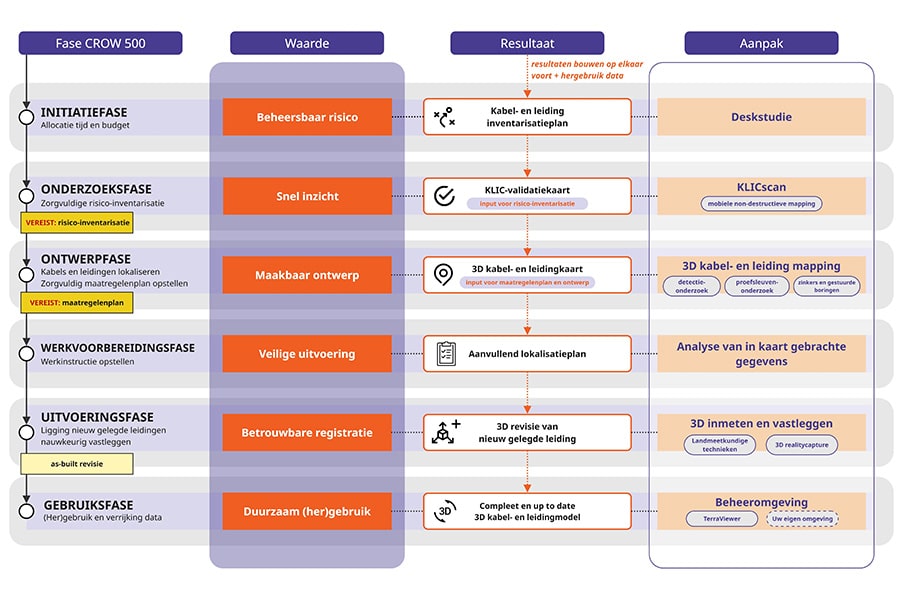
Ten questions about reusing concrete sewer pipes and manholes:
Concrete House Sewerage is an association that promotes the knowledge and application of concrete for sewers and piping systems.
Betonhuis Riolering consists of Martens Beton, LBN Betonproducten and De Hamer Beton. Betonhuis Riolering informs its stake-holders about the latest sustainable developments in the sector and supports clients with technical expertise. By working together with market players and knowledge institutions, the members develop new solutions to social issues.
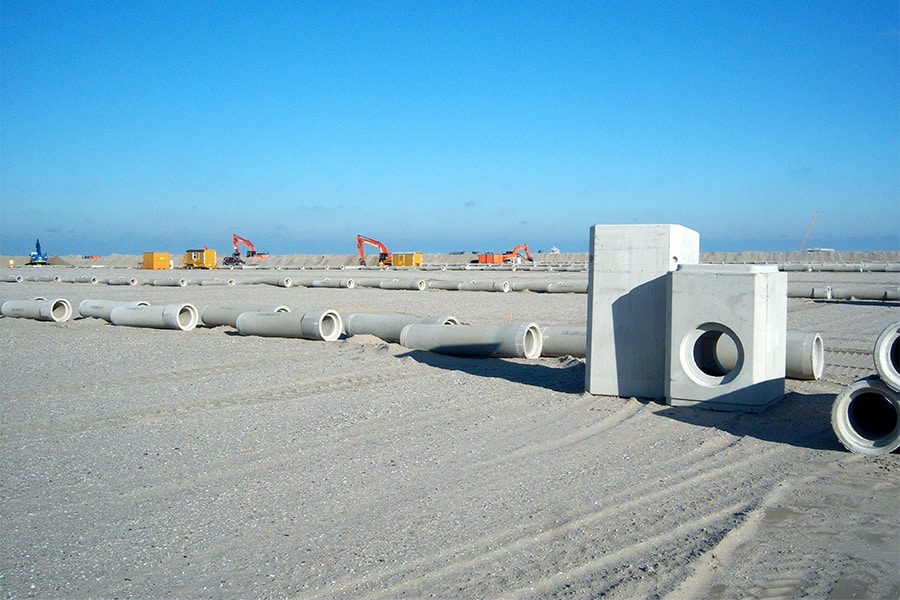
BRL K11002
Clients finally gain assurance with the BRL K11002 certificate that concrete sewage products delivered to the construction site meet desired environmental profiles.
1. Why reuse concrete sewer systems?
Concrete pipes and manholes can last more than 100 years, but are replaced after 50 years on average. For example, if pipes are still in good condition, they can be reused as sewer pipes (re-use) or culverts (re-purpose) rather than recycled into granules.
2. What are the benefits of reuse?
Reuse saves raw materials and energy, and contributes to sustainability and circularity. It lowers environmental impact and reduces the need for new production.
3. What factors determine whether a concrete pipe or pit can be reused?
The most important factors are technical condition, strength and chemical attack. Sizing and availability of
rubber rings play a role.

4. How do you evaluate the quality and strength of a concrete pipe?
Concrete pipes generally retain their strength and shape. A pressure test can provide additional assurance. External factors, such as chemical deterioration, can reduce quality but this is usually immediately apparent.
5. How can damage to concrete pipes and wells be determined?
Visual inspection can detect cracks and decreased wall thickness. Involve the manufacturer and a contractor who supports reuse for careful assessment.
6. What are the conditions for successful reuse projects?
Collect information on pipes and wells (brand, specifications, age, type of connection) and involve producers in a timely manner. Also provide adequate storage space for reusable materials.
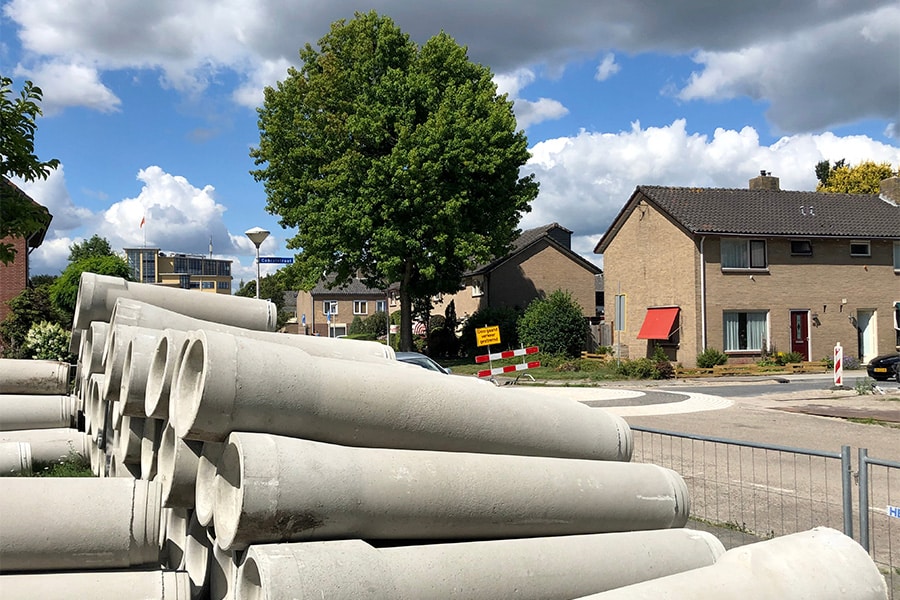
7. What is the process of excavation and selection?
During excavation, damaged
pipes and wells immediately rejected and processed into granules. Suitable pipes and wells are temporarily stored and tested if necessary.
8. Can all concrete pipes and pits be reused?
Not always. If suitable and with new rubber rings, concrete pipes and manholes can be repurposed as sewer systems or culverts. Projects without time constraints are most suitable.
9. What are the practical experiences with reuse?
Experience is still limited. Clients often prefer new pipes because of the small cost savings and longer lifespan. Nevertheless, concrete pipes and manholes can often be reused a second or third time.
10. What if reuse is not possible?
Concrete can be highly recycled into aggregate or secondary sand, gravel and cement stone. This contributes to a circular economy and prevents low-grade applications as a foundation material.
